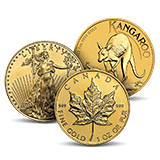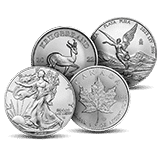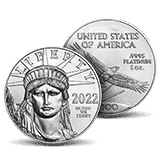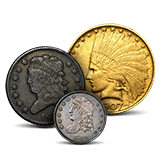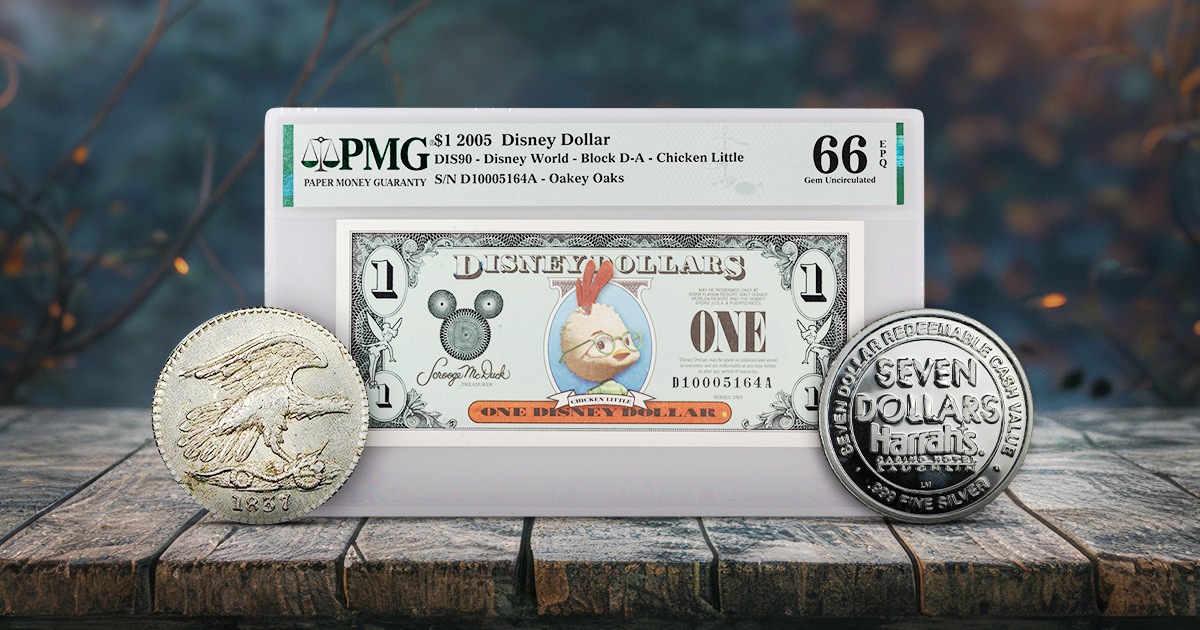
Exonumia refers to numismatic items that are neither government-issued coins nor paper currency. These include tokens, medals, scrip, souvenir medallions, wooden nickels, badges, and similar objects created for local exchange or commemoration. Unlike bullion, which is valued primarily for metal content, exonumia holds collectible interest based on rarity, design, historical context, or communal significance.
Origins and Definition of Exonumia
Russell Rulauis is credited with coining the term exonumia in July 1960 to describe collectibles beyond traditional coins and currency. He combined the Greek prefix exo for outside with the Latin nummus for coin, and Webster’s dictionary added the word exonumia in 1965. While some may include non-coin paper items under exonumia, established practice limits the term to physical objects that resemble or function like money but were issued privately or for commemorative purposes.
Exonumia in Numismatics and Currency
Numismatics refers to the study and collection of money, including paper currency, medals, tokens, and coins. Currency refers to legal tender issued or backed by governments. Exonumia occupies a distinct niche at the intersection of these fields. These items may have circulated alongside official coins or notes as de facto currency in localized settings, such as transportation tokens sanctioned by transit authorities.
Other pieces, like casino chips, fulfilled economic functions within private enterprises but are sometimes classified separately under the broader umbrella of memorabilia. Key distinctions involve legal status, issuer, and intended use.
Categories of Exonumia
Exonumia is typically organized into two categories: those that are circulated as substitutes for money and those issued for commemorative or symbolic purposes.
Circulating Exonumia
Circulating exonumia generally includes trade tokens redeemable for goods or services, mining and company scrip like Disney Dollars, and transportation tokens for buses, subways, or ferries. It may also refer to issues such as Feuchtwanger cents and hard-times tokens.
Commemorative Exonumia
Commemorative exonumia encompasses medals and medallions created to mark events, challenge coins that signify membership in military and civic organizations, elongated or pressed coins made into souvenirs, counter-stamped and carved coins such as hobo nickels or love tokens, and novelty items like wooden nickels.
Global and Regional Exonumia Variants
Exonumia reflects global diversity in form and function. In Asia, bamboo tally sticks and silver tiger tongue money served in trade, while Chinese numismatic charms and coin-village tokens carried religious or protective symbolism. Colonial opium tokens facilitated restricted trade.
In Europe, medieval tally sticks recorded debts before widespread coinage. German Notgeld issues from World War I and the interwar period were issued to alleviate currency shortages. African iron currencies, often shaped like tools or weapons, functioned as money and status symbols.
Meanwhile, Latin American plantation tokens and paper chits known as boleto gave local workers purchasing power. In North America, collectors study Hard Times tokens, Civil War tokens that eased small-change hoarding, and merchant trade tokens issued by businesses such as gas stations and saloons.
Exonumia Case Studies
Lesher Referendum Dollars
In 1900, Victor, Colorado mine owner Joseph Lesher minted octagonal silver tokens to stabilize local commerce amid fluctuating silver prices. Each of his silver ‘dollars’ featured the name of merchants on the obverse with the purity, weight, date, and ‘face value’ of 1.25 on the reverse. Merchants had agreed to redeem Lesher’s silver rounds at face value, and about 50,000 tokens made their way into circulation before production was halted. Today, Lesher Referendum Dollars exemplify exonumia as economic experimentation.
Hobo Nickels
From 1913 to 1938, engraved Buffalo nickels became a canvas for folk artists. Itinerant craftsmen carved humorous or intricate designs, turning circulating coinage into portable art. Early 1930s master engraver works can exceed several thousand dollars, whereas modern tourist-market pieces sell for twenty to fifty dollars. Hobo nickels remain prized for their blend of art, history, and resourcefulness.
Collecting Exonumia
A systematic collecting approach balances research, acquisition, and preservation.
Defining Your Focus
Begin by deciding whether to build a comprehensive survey of major exonumia categories or to specialize in a narrow niche, such as collecting Civil War tokens or foreign exonumia like Chinese coin charms.
Budgeting and Price Tracking
Establish a budget for each collecting cycle (monthly or quarterly). Create a price-tracking spreadsheet with columns for item type, grade, purchase price, vendor, and comparable auction results.
Sourcing and Verification
Before buying, verify authenticity through third-party graders like NGC and PCGS, as well as resources such as die-matching catalogs. For private sales, request provenance details and high-resolution images.
Future Trends
Collectors and issuers increasingly emphasize sustainable materials like recycled metals and biodegradable plastics. Digital exonumia, including NFT-based tokens and augmented-reality interactive exhibits, expands collecting into virtual spaces.
Studying exonumia illuminates how various communities crafted alternative currencies and commemorative tokens to address their economic needs. Its ongoing evolution invites coin collectors, historians, and curious individuals to explore these objects as windows into local ingenuity and global cultural history.

